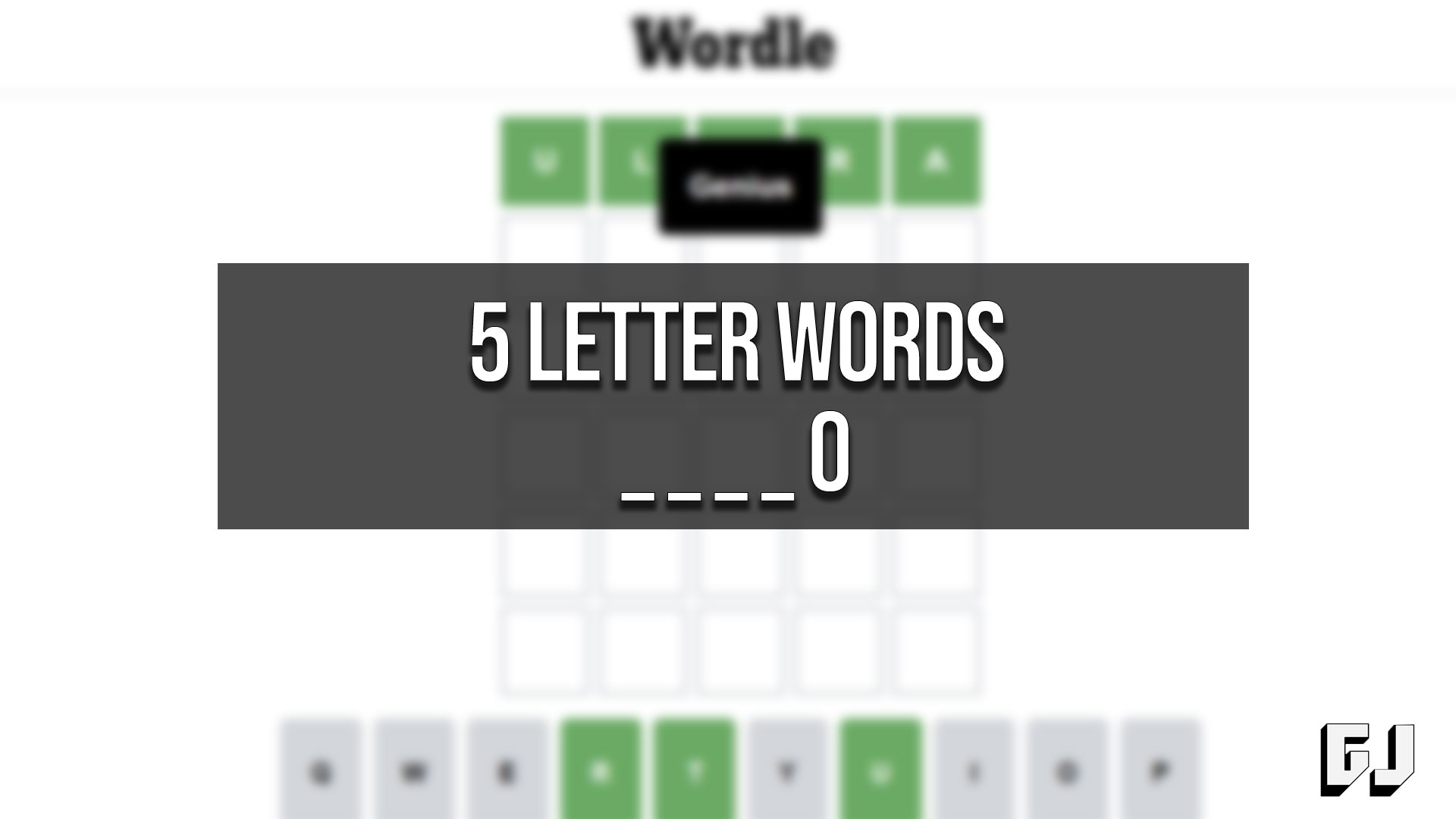The English lexicon, a sprawling repository of linguistic artifacts, often presents intriguing patterns. One such pattern, readily observable, is the relatively constrained set of five-letter words terminating in the suffix “OWL.” While seemingly unremarkable at first glance, the limited number of these words belies a deeper resonance, a subtle pull on our collective imagination. The sounds, the associated imagery – owls themselves being creatures of both wisdom and nocturnal mystery – all contribute to a peculiar fascination. Why do we find ourselves drawn to these particular concatenations of letters? This discourse endeavors to explore the universe of these words, delving into their etymological origins and subtle nuances.
Let’s embark on a comprehensive enumeration of the five-letter words that conclude with “OWL.” This exercise is not merely lexicographical; it is an exploration of the boundaries of language itself.
1. GROWL: Perhaps the most immediately accessible word on our list, “growl” denotes a low, guttural sound, typically emanating from an animal. Its onomatopoeic quality lends it a certain visceral immediacy. The connotations are often negative, suggesting displeasure, threat, or suppressed aggression. A low growl can be a sign of impending danger, a warning before a more overt display of force. Consider the rumble of a dog protecting its territory. The sound itself is guttural, resonating deep within the chest.
2. BOWL: This seemingly simple word encompasses a surprising range of meanings. Most commonly, it refers to a hemispherical container, used for holding food or other substances. However, “bowl” can also denote a game, involving the rolling of a ball down a lane to knock down pins. Furthermore, geographical features can be described as bowl-shaped, such as a depression in the landscape. The versatility of this word is quite remarkable. Think of a ceramic bowl filled with fruit, or the thunderous crash of pins at a bowling alley.
3. DOWEL: A dowel, in its essence, is a cylindrical rod, typically made of wood, employed for joining two pieces of material together. Its primary function is to provide structural integrity and alignment. Dowels are commonly used in woodworking, furniture construction, and other crafts. The precision with which a dowel is manufactured is crucial to its effectiveness. Think of the smooth, unassuming strength of a dowel holding together the leg of a chair.
4. FOWL: This term generally refers to birds, particularly those raised for meat or eggs. Chickens, ducks, and geese are all examples of fowl. The word carries a strong association with agriculture and animal husbandry. Fowl have been a staple food source for millennia, playing a crucial role in human nutrition. Imagine the rustic image of a barnyard filled with clucking chickens and waddling ducks.
5. HOWL: “Howl” signifies a long, mournful cry, often produced by wolves or dogs. The sound is typically associated with loneliness, pain, or distress. The act of howling can also serve as a form of communication, allowing animals to signal their presence or coordinate their activities. The word evokes a sense of wildness and untamed nature. Picture a lone wolf silhouetted against the moon, its mournful howl echoing through the desolate landscape.
6. JOWL: The jowl refers to the fleshy part of the lower cheek, particularly when it is loose or pendulous. The word is often used in reference to animals, such as dogs or pigs, but it can also be applied to humans. The appearance of jowls is often associated with aging or weight gain. Think of the sagging jowls of an old hound dog, or the fleshy cheeks of a cherubic baby.
7. SCOWL: A scowl is a facial expression characterized by a furrowed brow and a downturned mouth, typically indicating displeasure or disapproval. It is a silent but potent form of communication, conveying a range of negative emotions. A scowl can be a warning, a sign of anger, or simply an expression of discontent. Imagine a stern librarian scowling at a noisy patron.
8. PROWL: To prowl signifies moving stealthily or furtively, typically in search of prey or something illicit. The word evokes a sense of secrecy and anticipation. Prowling animals are often predators, carefully stalking their victims. The term can also be used to describe human behavior, suggesting a clandestine or underhanded activity. Think of a cat prowling through the shadows, or a thief prowling through a darkened alley.
9. SOWLE: An archaic and relatively obscure term, “sowle” (sometimes spelled “soul”) historically referred to the act of pulling or dragging. While seldom encountered in modern parlance, its inclusion highlights the historical breadth of the English language. Understanding archaic words illuminates the evolutionary journey of language. This offers a glimpse into linguistic history.
The relative paucity of five-letter words ending in “OWL” is a curious linguistic phenomenon. While conjecture may suggest phonetic limitations or etymological coincidences, the precise reasons remain elusive. The words that do exist, however, possess a distinct character, a certain earthiness and directness. They evoke images of nature, domesticity, and raw emotion. It is this combination of scarcity and evocative power that contributes to their enduring fascination. Their simplicity and directness add to their appeal. This creates a unique experience.
